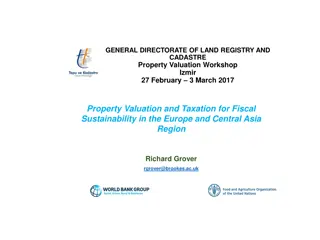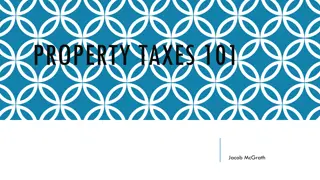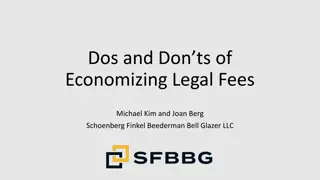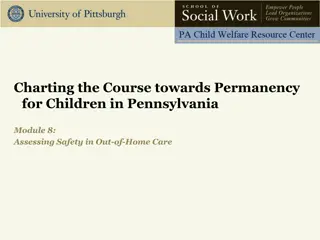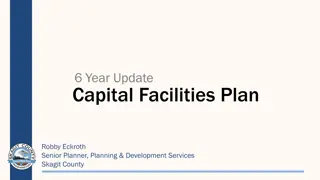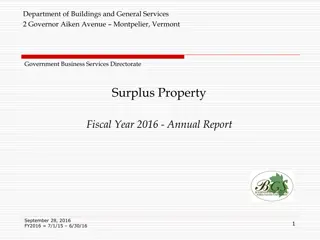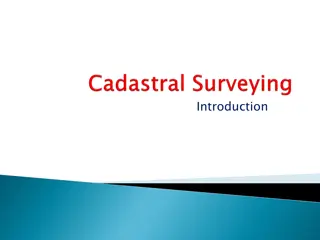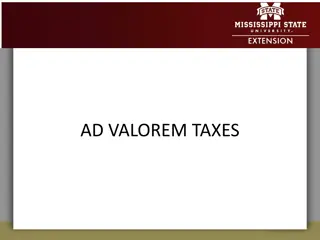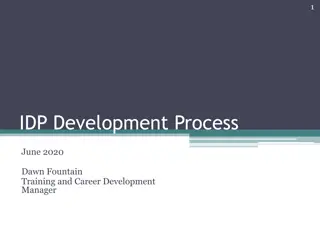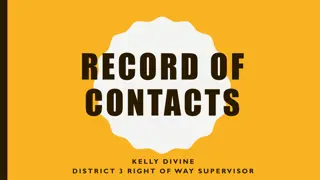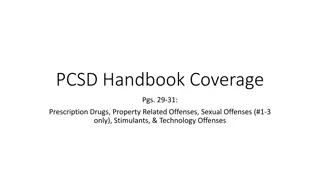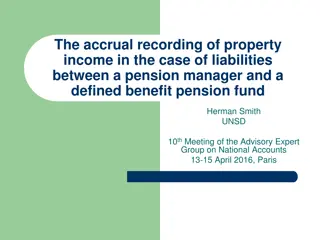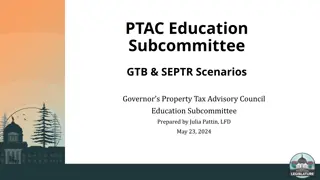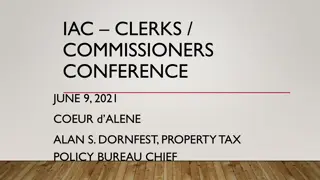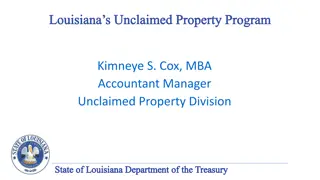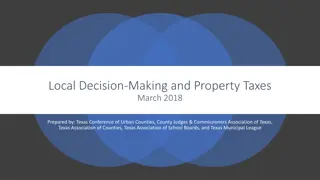Understanding Property Reassessment and its Impact on the Community
Property reassessments aim to ensure fair distribution of tax burdens among property owners. They help adjust property values to reflect current market conditions, preventing inequities in tax distribution. Reassessments do not increase overall tax revenues; instead, they aim to distribute taxes equitably based on property values. Community involvement in providing accurate data is crucial for the success of the reassessment process.
Download Presentation

Please find below an Image/Link to download the presentation.
The content on the website is provided AS IS for your information and personal use only. It may not be sold, licensed, or shared on other websites without obtaining consent from the author. Download presentation by click this link. If you encounter any issues during the download, it is possible that the publisher has removed the file from their server.
E N D
Presentation Transcript
COEYMANS 2020 REASSESSMENT Dawn DeRose, Assessor Andrew Farbstein and Laurence Farbstein, Industrial and Utility Consultants Inc
WHY DO A REASSESSMENT? To make assessments fair. Over time, properties increase or decrease in value differently, especially in expanding areas. Properties that are valued higher than others will bear a greater tax burden. Reassessments put everyone back on equal footing, ensuring the proper distribution of taxes. For example, as of early 2019, the residences were being valued at approximately 95% of full value, while the commercial class was being valued at 85%. This inequity causes residential properties, as a whole, to subsidize commercial properties. This reassessment will address that aspect.
WHY DO A REASSESSMENT? When a town/city doesn t do a reassessment for a while, the state uses a set of calculations to determine full market value . This can cause major distortions among taxing jurisdictions, especially school districts and special districts. There is State aid available for a successful reassessment project to offset some of the costs.
WHAT DOES A REASSESSMENT MEAN FOR THE COMMUNITY? Reassessments are NOT designed to increase overall tax revenues for the school, county, or town. A reassessment is done strictly for the purposes of fair distribution of the tax burden. If assessments increase, tax rates should go down proportionally because the tax levy is now being distributed over a broader tax base.
WHAT DOES A REASSESSMENT MEAN FOR THE COMMUNITY? The assessor doesn t impact the size of the pie; she just ensures the pie is cut up fairly that taxes are fairly distributed based on current market value. Some property owners will see tax decreases. Some will see increases. Some will stay virtually the same.
WHAT DOES A REASSESSMENT MEAN FOR THE COMMUNITY? New assessment values will go into effect for the 2020 tax year. For taxation purposes, these numbers will be first reflected in property owners September 2020 school tax bill. Property owners will receive a notice of their new assessment value.
HOW CAN YOU, THE COMMUNITY, HELP US GET STARTED? Correct data is essential to this process. Residential property owners have received inventory letters. Please review all mailings from the town and if you have not returned the mailer, please do so as soon as possible! Pay attention to all mailings arriving from the assessor s office.
HOW IS RESIDENTIAL PROPERTY VALUED? With few exceptions, residential property gets valued via a sales comparison approach. Homes that are sold in arms length, valuation usable sales over the past few years have proven themselves to be market value and will be assessed similar to the purchase price. Arms Length: A real estate transaction in an open market freely arrived at by normal negotiations without any undue pressure on the buyer or the seller.
HOW IS RESIDENTIAL PROPERTY VALUED? We will use objective variables for reassessment purposes. Objective information is essentially information that is either true or false and can be easily verified. Examples include: building style, school district, bedroom and bathroom count, square footage, year built, property size, etc. We shy away from subjective variables that are open to interpretation. Examples include: grade, curb appeal, condition, etc.
HOW IS RESIDENTIAL PROPERTY VALUED? Some data, such as neighborhood locations and similarities, will be factored in as well. There will be two numbers reflected on the final assessment roll: Land Assessed Value and Total Assessed Value. Properties are only assessed and taxed based on the Total Assessed Value, however, we are required by NYS law to have a Land Assessed Value associated with each improved property. These Land Assessed Values will generally be based on property size. Land, plus all structure values will equal the Total Assessed Value.
HOW IS COMMERCIAL PROPERTY VALUED? Most commercial property can be considered income producing , and therefore will get valued via the income approach. Examples include: offices, apartments, retail space, etc. There is NO attempt or goal to value commercial property any higher than 100% of value. Though it is likely that the commercial properties will see a higher increase, on average, than residential properties, this is not punitive, but only meant to capture the increase seen since the last reassessment/revaluation.
HOW IS COMMERCIAL PROPERTY VALUED? Utility propertied get valued via approved methodologies, with specific uses and depreciation value of structures being the main factors. We have the option to use NYS values for such properties, however, that generally leads to lower utility values due to their depreciation schedule. To keep fairness through the Town of Coeymans, we will assign our own values based on our proven depreciation methodologies.
HOW IS VACANT LAND VALUED? Generally speaking, vacant land gets valued on a sales comparison approach based on statistical analyses of comparable sales. This is true for vacant commercial and residential land. To the extent that there are improvements, those will be factored in as well. Certain parcels, including amenity lots (generally, small lots adjacent to houses that are on separate tax parcels), along with landlocked lots, will have a small value added to them, depending on the situation.
WHAT IS THE TIMELINE FOR THIS? Per NYS regulations, the valuation date for the 2020 assessment roll is July 1, 2019, meaning that the sales used for the revaluation/reassessment were locked soon after this date. We have already started and will continue to collect and change data throughout this process.
WHAT IS THE TIMELINE FOR THIS? In the fall, we are modeling for the residential, commercial, vacant, and utility properties. Towards the end of January, preliminary values will be calculated and uploaded to the system, and soon after (likely mid-February), impact notices will be sent to all taxpayers.
WHAT IS THE TIMELINE FOR THIS? After impact notices are received, property owners who disagree with their assessments will be able to set up an informal meetings with Industrial Utility Valuation Consultants staff to discuss the reasons, as well as any other issues, related to the disagreement.
WHAT IS THE TIMELINE FOR THIS? The data for this assessment roll will be based on the status of the property as of taxable status date of March 1, 2020. As an example, if an outbuilding is finished on February 28th, the value will be placed on the 2020 roll. If it is started after March 1st, it will not be reflected until the 2021 roll. On May 1st, the assessor will publish the 2020 tentative roll. For property owners that still disagree with their assessments, grievance day will be May 26, 2020. Please contact the assessor s office to schedule an appointment.
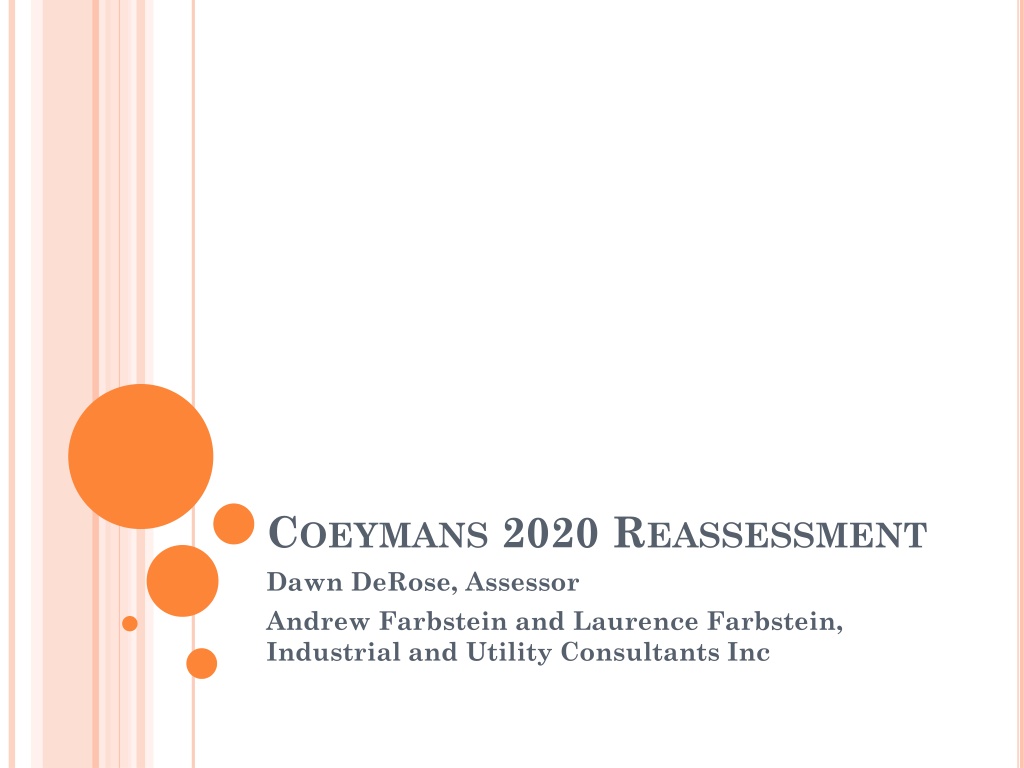

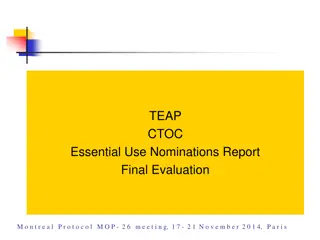
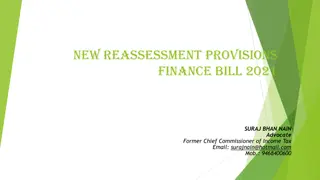
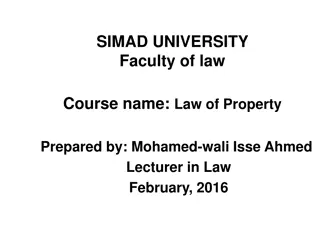
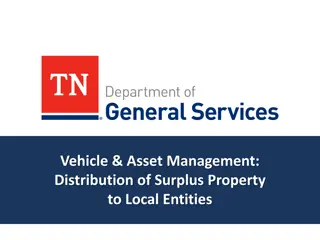
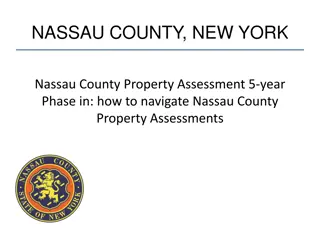
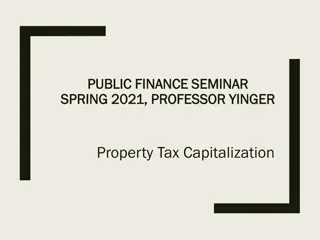
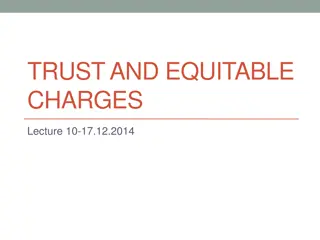
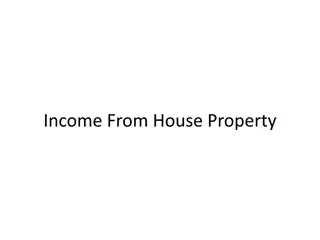
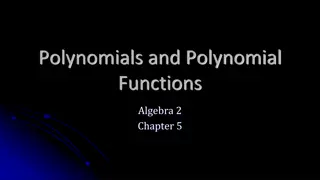

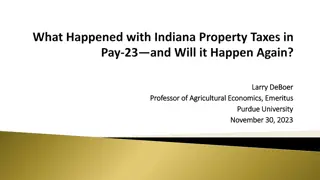

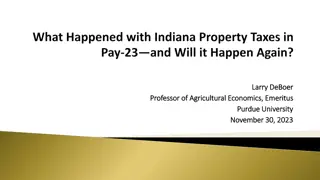
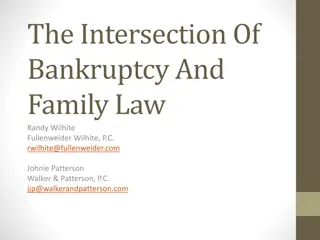
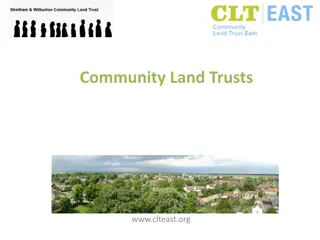


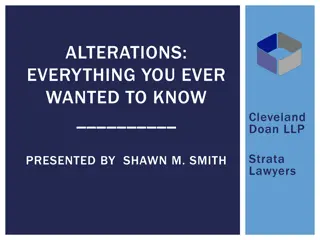
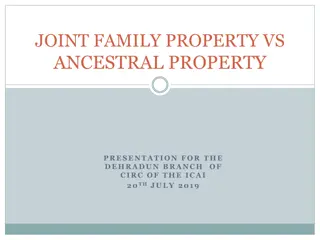
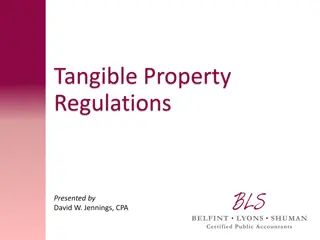
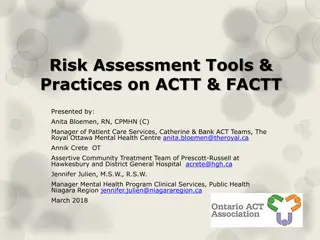
![Property Settlements in Family Law: Case Study of Stamatou & Stamatou [2022] FedCFamC1F 241](/thumb/63303/property-settlements-in-family-law-case-study-of-stamatou-stamatou-2022-fedcfamc1f-241.jpg)

